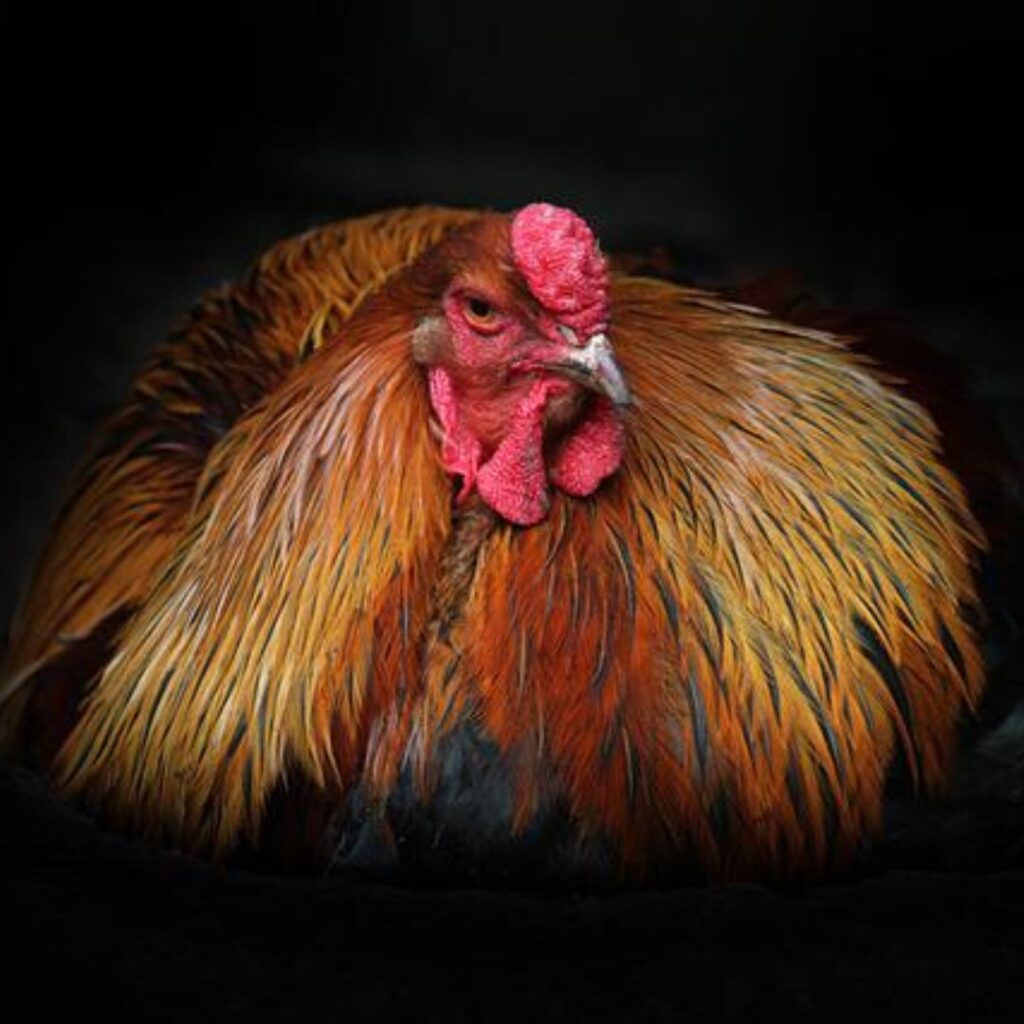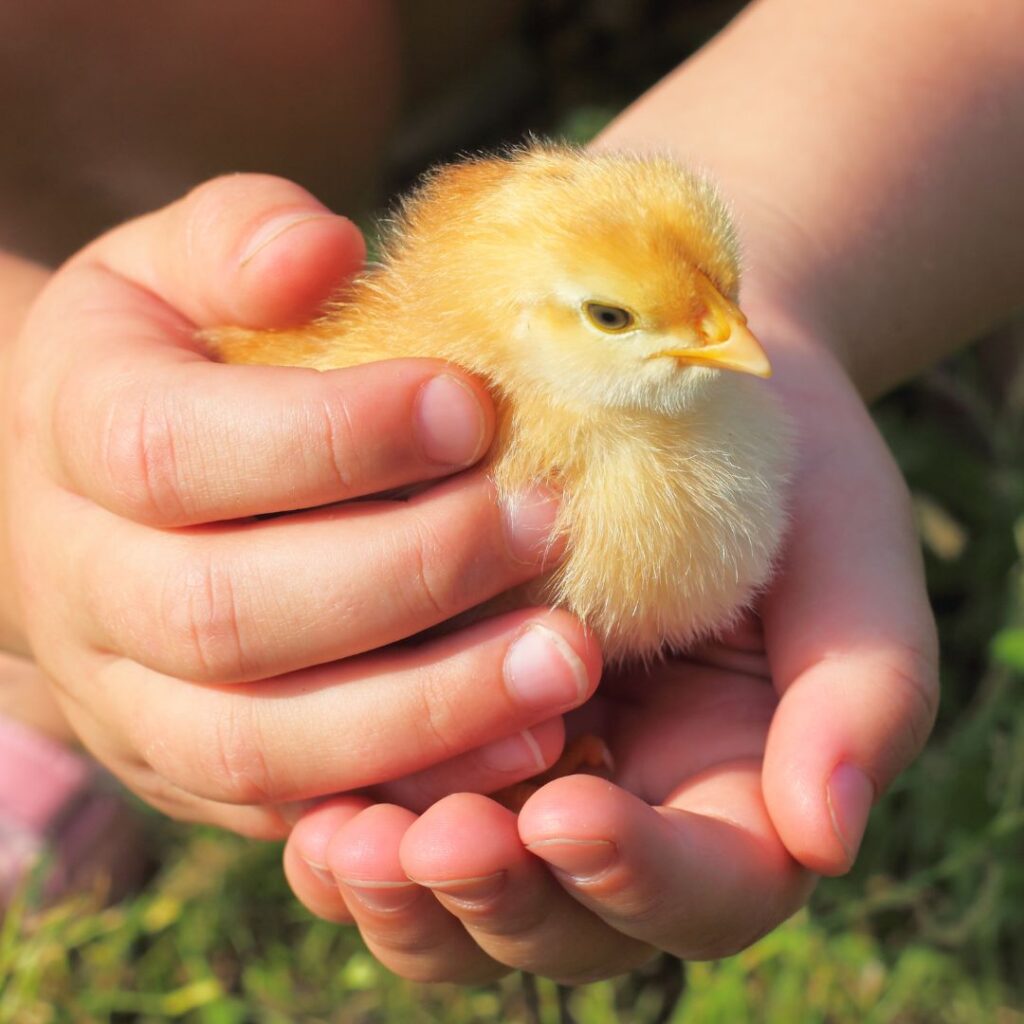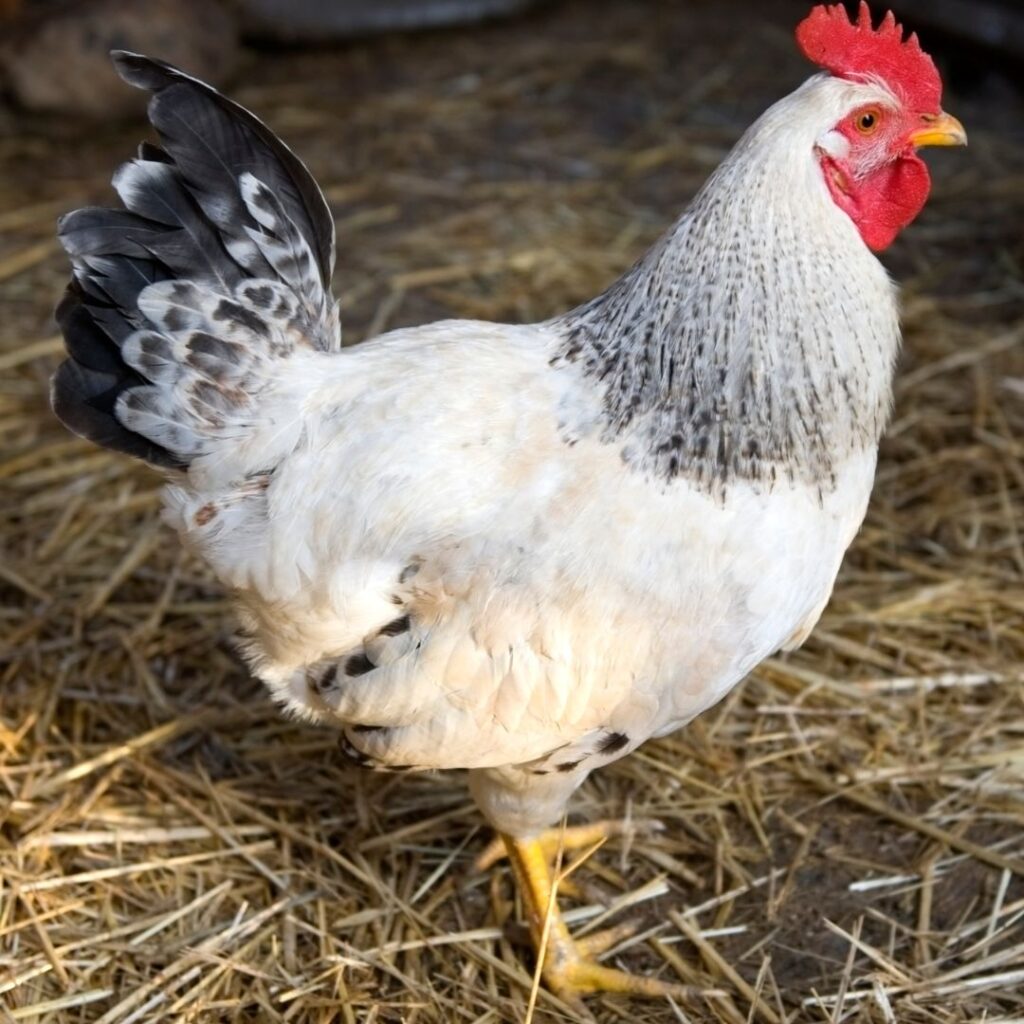Do you keep chickens in your backyard? Or are you thinking about getting some feathered friends? Like most people, you probably think of chickens as little more than farm animals. But the truth is, they can be a lot of fun for your entire family and friends.
Chickens are much more interesting than you may have thought, and they can provide lots of enjoyment for people of all ages.
Here are some interesting and fun facts that you may not have heard yet.

Are Chickens Descendants Of Dinosaurs?
Chickens are descendants of the dinosaur species. The Tyrannosaurus rex (the T Rex) had avian DNA, indicating that chickens are closer relatives of dinosaurs than most other birds. Today, the giant chicken breed is the Jersey Giant.
What is the most populated bird on earth?
There are more chickens on the planet than any other bird.
Chickens are not only common but also widespread among domestic animals. In 2018, their total population was reported to be 23.7 billion worldwide.
Can Chickens Hear Well?
It’s known that chickens have fabulous hearing. These animals can not only hear sounds that we can’t, but they can also pinpoint the direction a sound is coming from with amazing accuracy.
Third Eyelid (not third eye!)
Chickens have a third eyelid. This clear membrane protects their eyes from dust and debris and helps keep them lubricated. It’s starting to see what looks like a chicken swollen eye if you weren’t aware of this third eyelid.
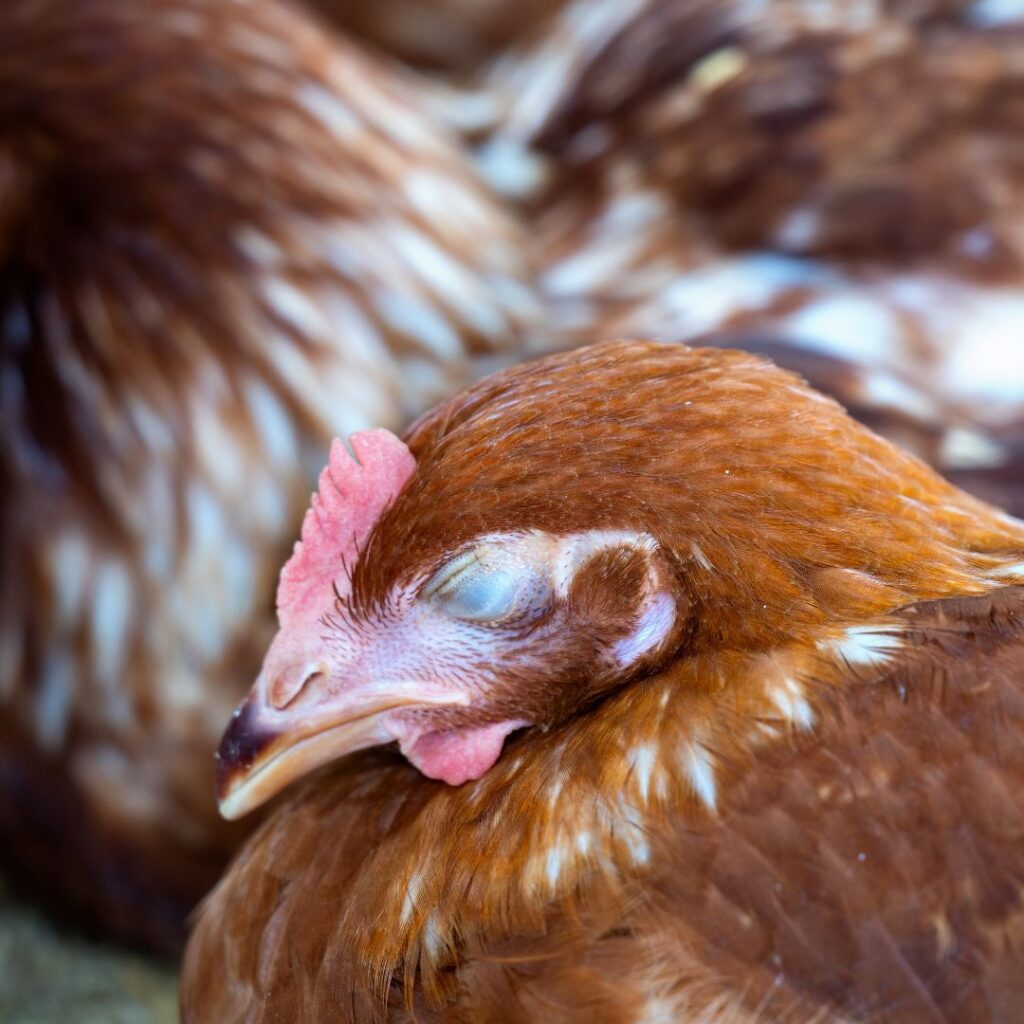
Can Chickens Recognize Faces?
Yes, They have excellent memories. Research has shown that they can remember up to 100 different faces. This research includes holding a grudge against those who have done badly to them in the past.
Chicken Hygiene
Chickens are very clean animals. They spend around 30% of their time preening themselves and their feathers with their beaks to ensure they look their best.
They find it beneficial to have a dust bath area available. The ‘dirt mixture’ of sand, dry dirt, etc. gets down to those tough-to-get-to areas and helps clean the feathers and rid the bird of lice and mites.
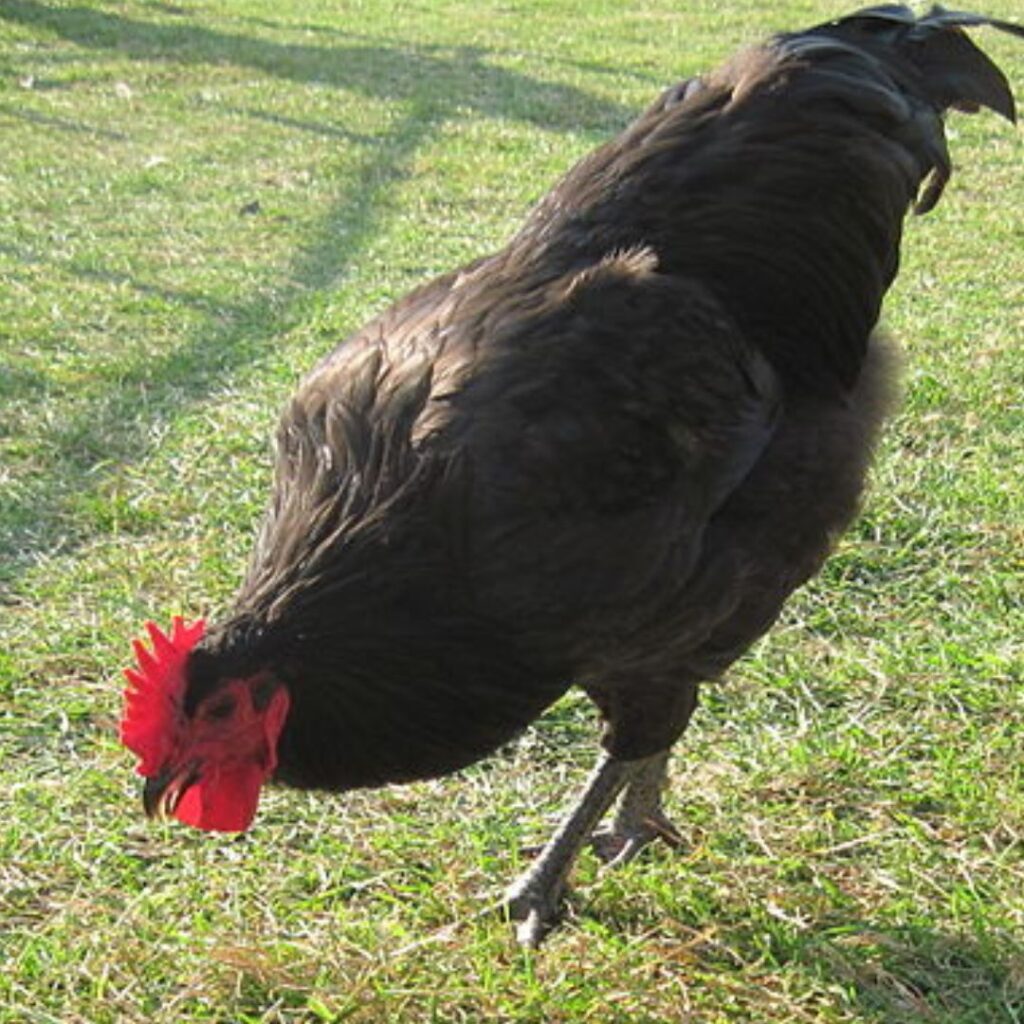
Do Chickens Sunbathe?
Like dogs and cats, you may find your chicken lounging out in the sun. They do this for body temperature regulation and pure enjoyment.
The benefit is also, like people, from the natural Vitamin D provided by sunlight.
Can Chickens Talk with one another?
Chickens communicate using more than 30 different vocalizations. These include basic calls like “peeps” and “cackles,” as well as more complex sounds that convey things like aggression or fear.
The meanings behind these communications could save your flock’s life when warning one another of predators.
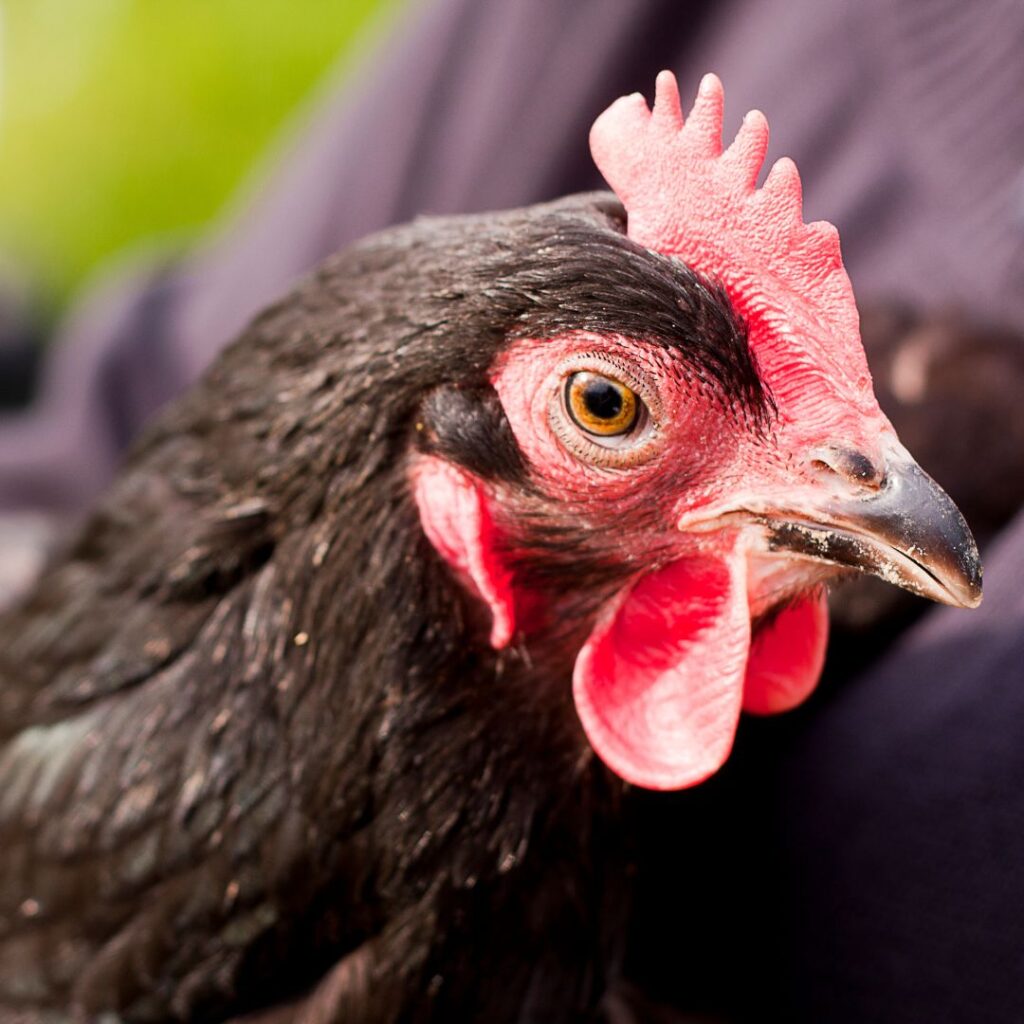
The Mental Health of Your Flock
Chickens can suffer from depression and anxiety just like humans can. Their combs (the fleshy bumps on top of their heads) can become paler in color when stressed out.
Can Chickens Run?
Chickens are incredible athletes; they can reach speeds of up to 9 mph when running and jump as high as 5 feet into the air.
Look at this Rocky II “Kentucky Fried Idiot” scene below and see for yourself.
How Long Can A Chicken Live?
Chickens typically live for about 5 – 7 years, but some live for 10 -12 years. The oldest chicken on record was a hen named Matilda, who lived to be 16 years old.
Why Do Chickens Eat Stone?
Chickens don’t just eat insects, scraps, and grains; they also eat small stones, which help them grind food in their gizzards, like our teeth chew food in our mouths.
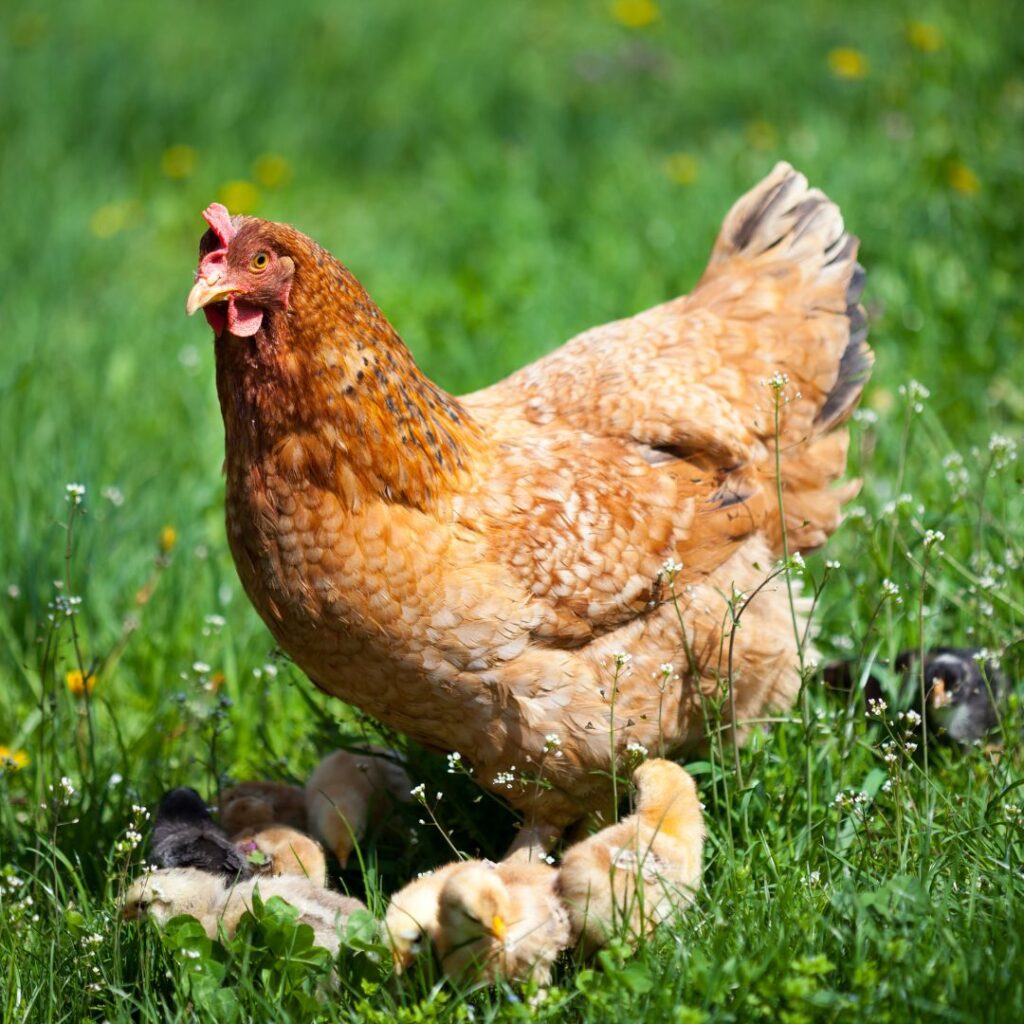
Are Chickens Social?
Chickens are social and enjoy the company of other chickens. New chicken owners are encouraged to always have at least three chickens.
Remember, the hen to rooster ratio averages around seven hens to one rooster (7:1).
Is the Pecking Order a Real Thing?
Yes, chickens (as well as chicks) do have a pecking order. These flocks’ social structure depends on the pecking order. Chickens, including the young chicks, have a natural hierarchy, and it aids in the formation of a cohesive social group.
Mother Hens do not apply this order of things with their babies. However, the babies (chicks) start this as young chicks, as early as two days old.

Your Chicken Experiences Rapid Eye Movement (REM)
Chickens have the ability to dream. Research shows that chickens experience REM (rapid eye movement) while sleeping, meaning they can dream just like us.
Chickens Sleep With One Eye Open
Chickens enter a state of sleep called unihemispheric slow-wave sleep, where one half of the brain is asleep, and the other half is still awake. This state is different from any phase of human sleep.
Chickens can keep one eye open during this time, which is thought to be a natural protection against predators.
Read more about the unihemispheric slow-wave sleep phase here
What Are The Wild Animals That Chickens Are Related To?
Domestic chickens we have today are ancestors of The Red Jungle fowl Chickens. They are said to be the most commonly found wild animals today.
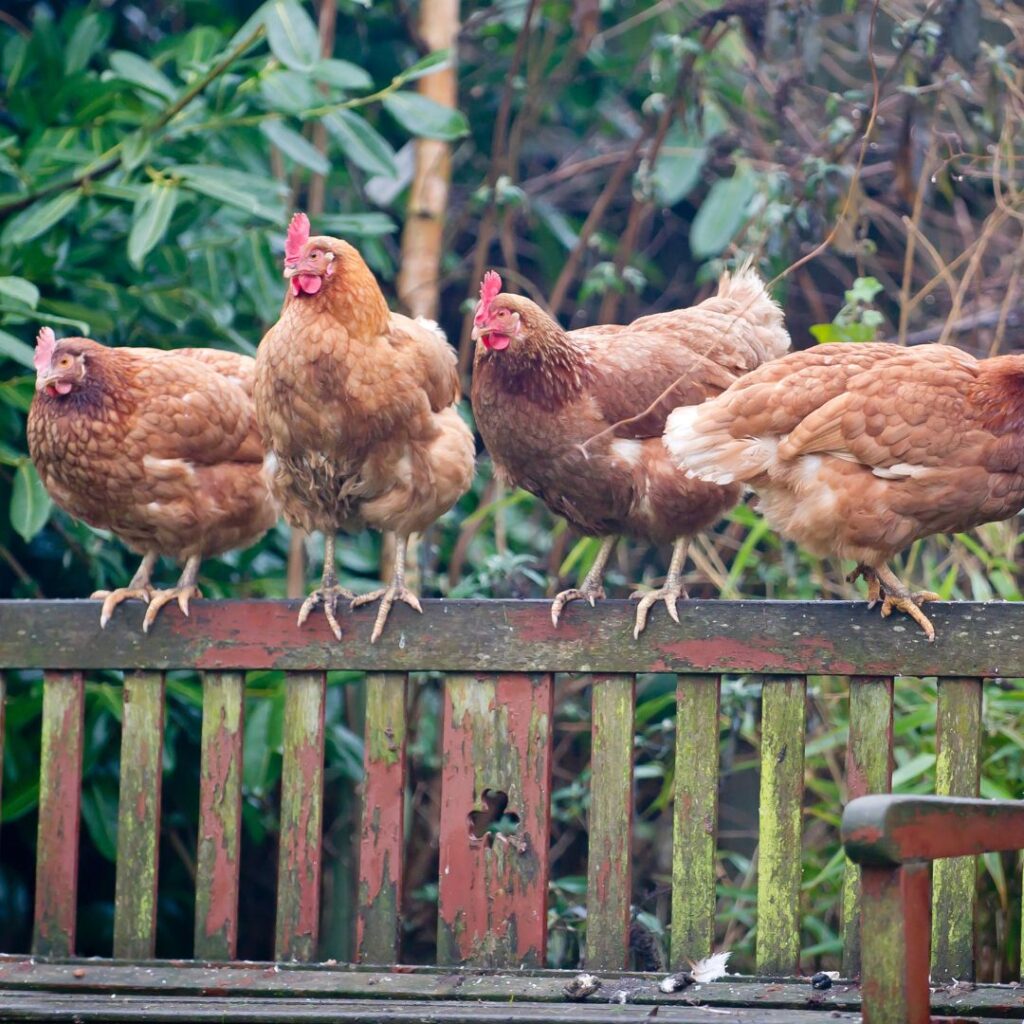
When Were Domesticated Chickens First Reported?
Domesticated chickens began with Southeast Asian farmers 3,500 years ago.
When Did Domesticated Chickens First Come To The U.S.?
Christopher Columbus’ second voyage to America in 1493 carried the domesticated chicken across the Atlantic Ocean from Spain. This is said to have been the Dominique chicken.
These chickens were dual-purpose birds noted for their brown eggs and a good amount of meat for a chicken. These chickens today are primarily raised for eggs.
The Dominique breed contributed to the development of the Plymouth Barred Rock, which was introduced around the mid-1860s.
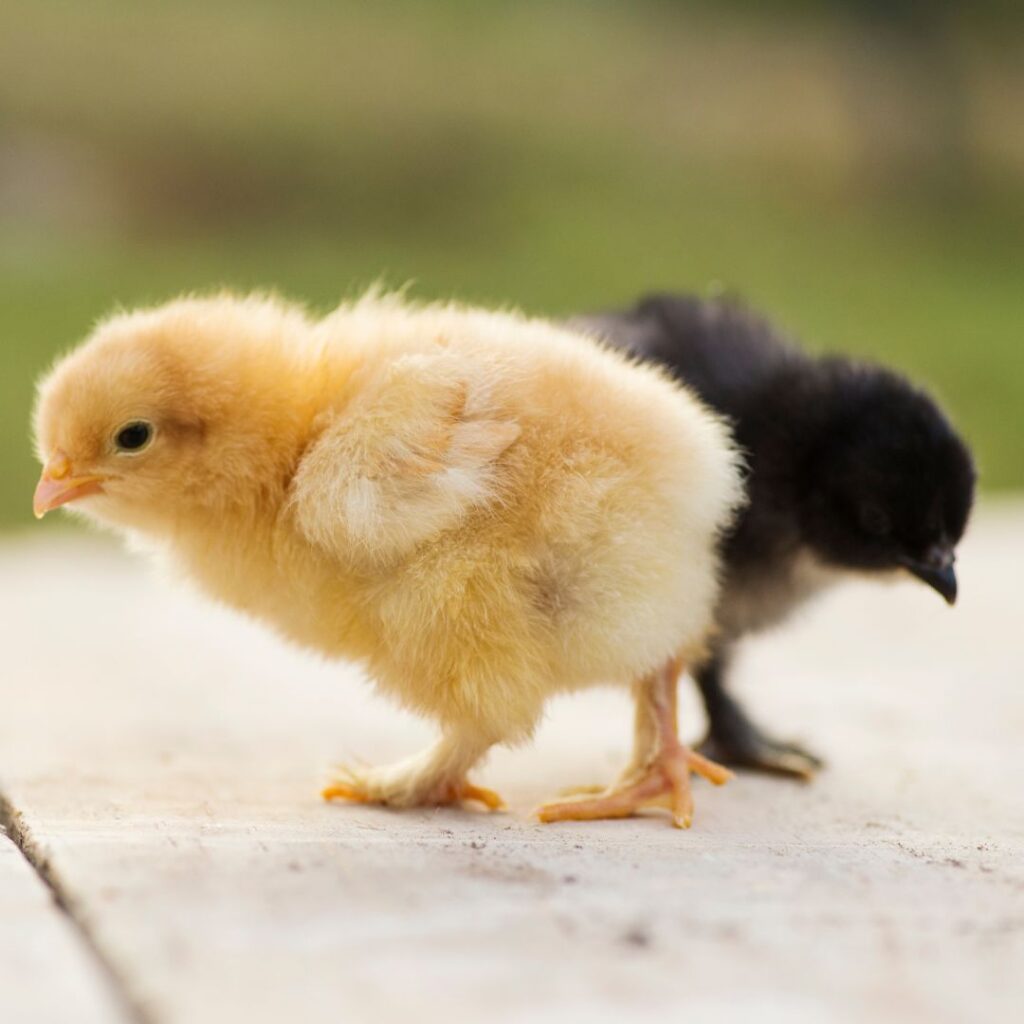
Mother Hen Fact: Are Brown Eggs Actually White Eggs?
The shells of all eggs form ‘inside’ your hen as a white egg. This is because the shell develops from calcium. The shells of all eggs start as white eggs.
Porphyrins, which are pigment-bearing chemicals, give the egg its hue. They are released from the hen’s uterus cells during egg production.
White-laying hens do not produce any pigments while developing their shells; thus, the result is white eggs.
Next time you crack open an egg that is not white, take notice of the inside of the shell; Brown eggs are white-shelled inside.
Q: What Chicken Lays Chocolate (color) Eggs? A: The Marans Chicken.
Read About The Leghorn Chicken and It’s Prolific Egg Laying (White Eggs) Here.
Read About Reasons Chickens Stop Laying Eggs
Check out our colored egg layer articles:
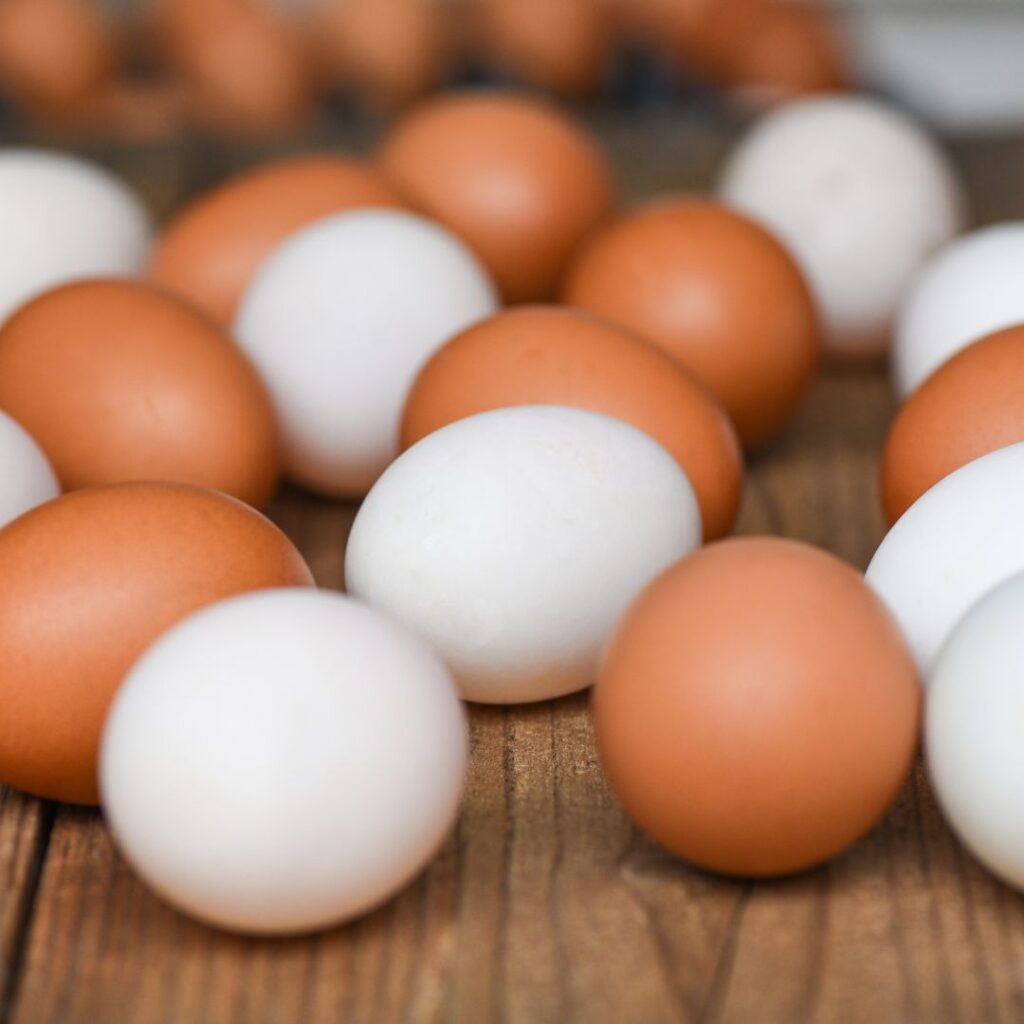
Is There A Miniature Chicken?
Yes, Bantams are small breeds of chickens. Some are miniaturized versions of their ‘Standard’ breed and others are ‘true’ bantams, their own unique breed. Read about the Silver or Golden Bantam or the Mille Fleur D’Uccle to find out more.
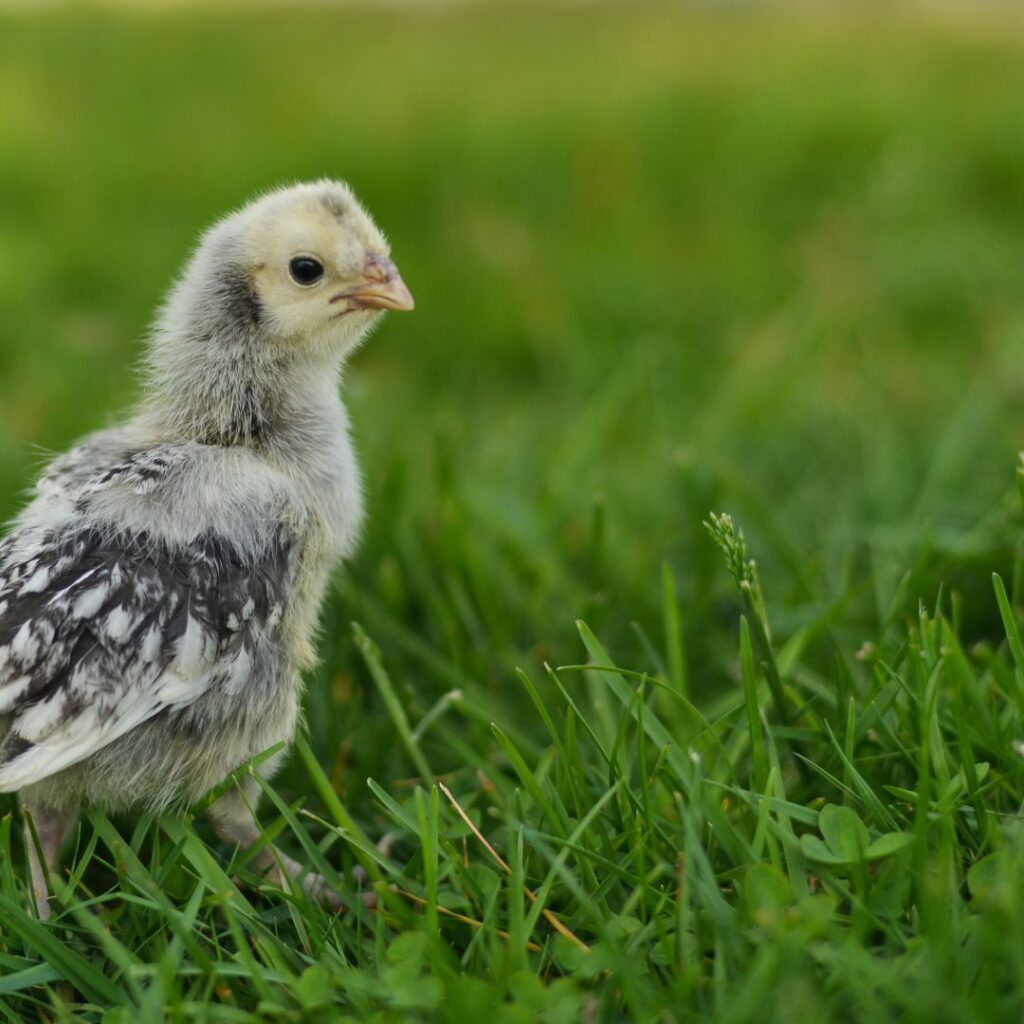
Does a chicken feel pain?
The short answer is yes. Chickens have central nervous systems, the part of the body that sends the pain signals. Pain levels vary, as in other living beings (humans too).
Pain when Laying Eggs?
While younger hens may feel some discomfort when they first start producing eggs, it’s only for those brief moments when the egg is being pushed out.
They quickly adapt, and it’s no longer any discomfort as they mature. This sensation is nothing like the labor a (humans) mother endures.
Pain When being slaughtered?
According to the National Chicken Council, chickens are ‘stunned’ electronically to make them feel no pain or ‘sense’ of pain when the birds are brought for slaughter.
Most poultry processing plants in the U.S. are operated by companies that endorse the National Chicken Council’s Animal Welfare Guidelines.
The American Humane Society Animal Welfare Standards can be read here.
Did you know the most popular chicken used in commercial production for meat is the Cornish Cross or Cornish Roaster.
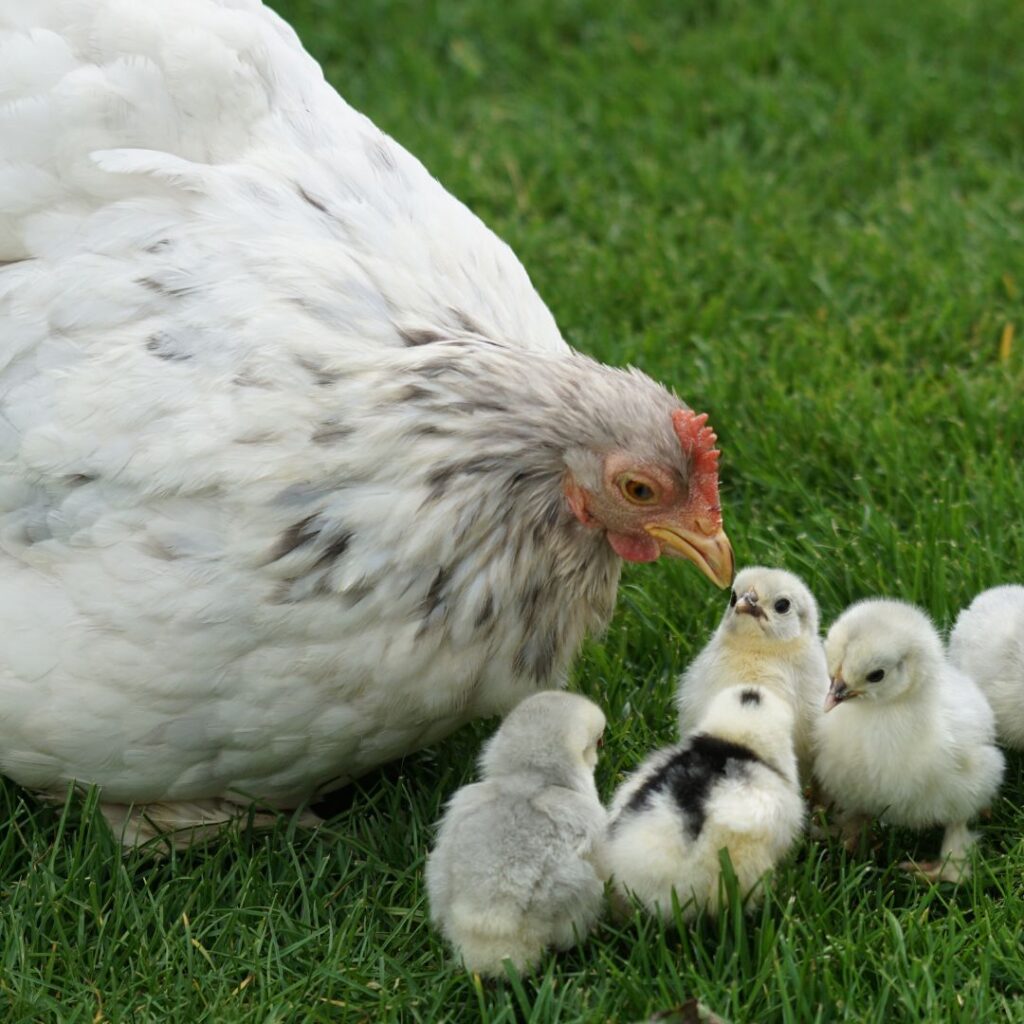
Did any of these fun facts about chickens surprise you? We hope so. These humble creatures are often underestimated, but as you can see, they’re pretty amazing creatures with a lot going on beneath the surface.
Whether you’re a backyard chicken keeper or just a chicken enthusiast, we hope you and your family and friends found some interesting and fun facts about chickens today. Can you even imagine a world without these feathered friends?
If you’re interested in starting your own unique and fun filled feathered flock, look no further for beginner tips (link here).

